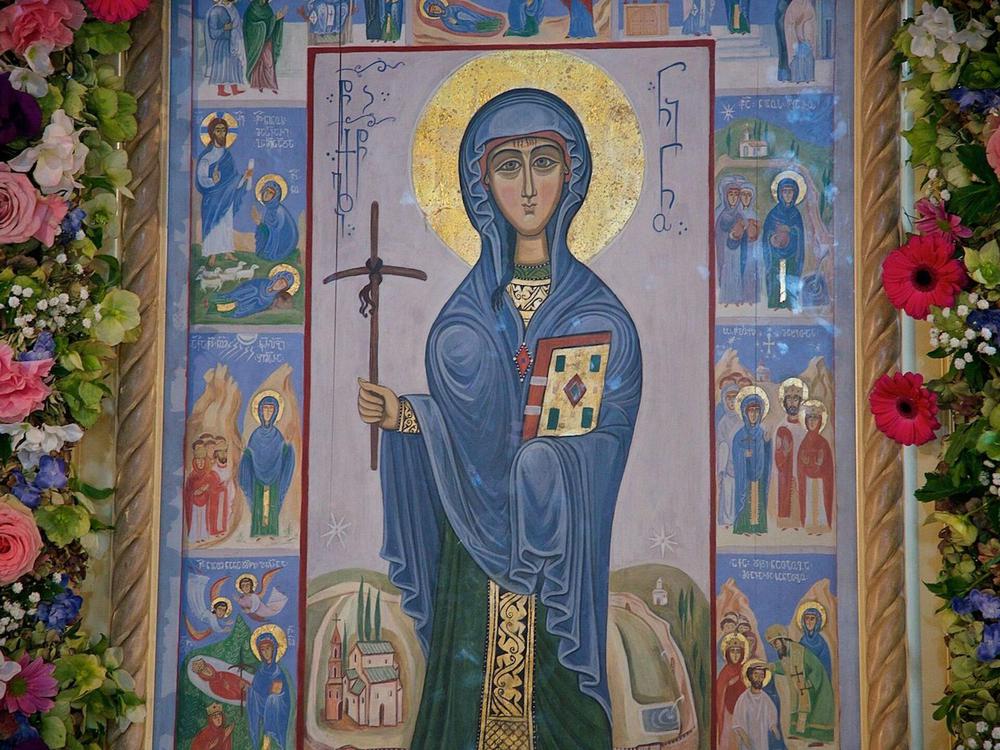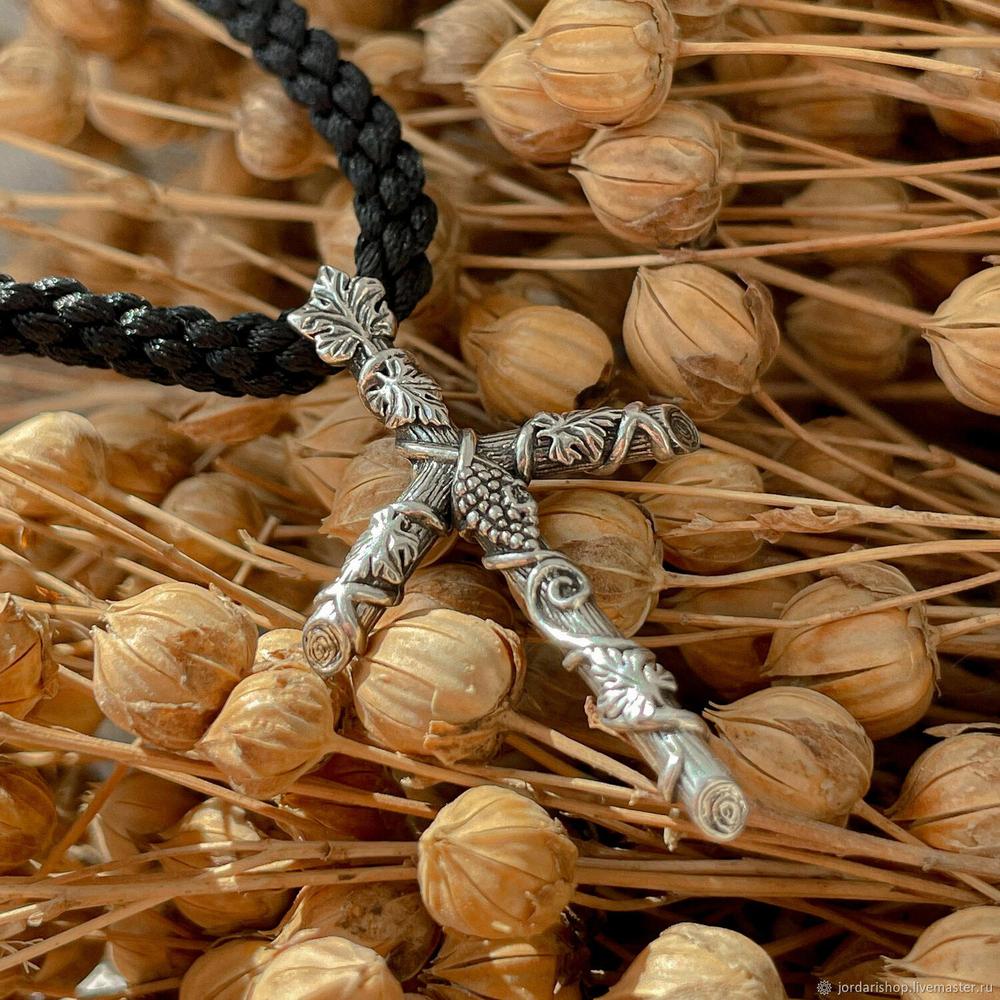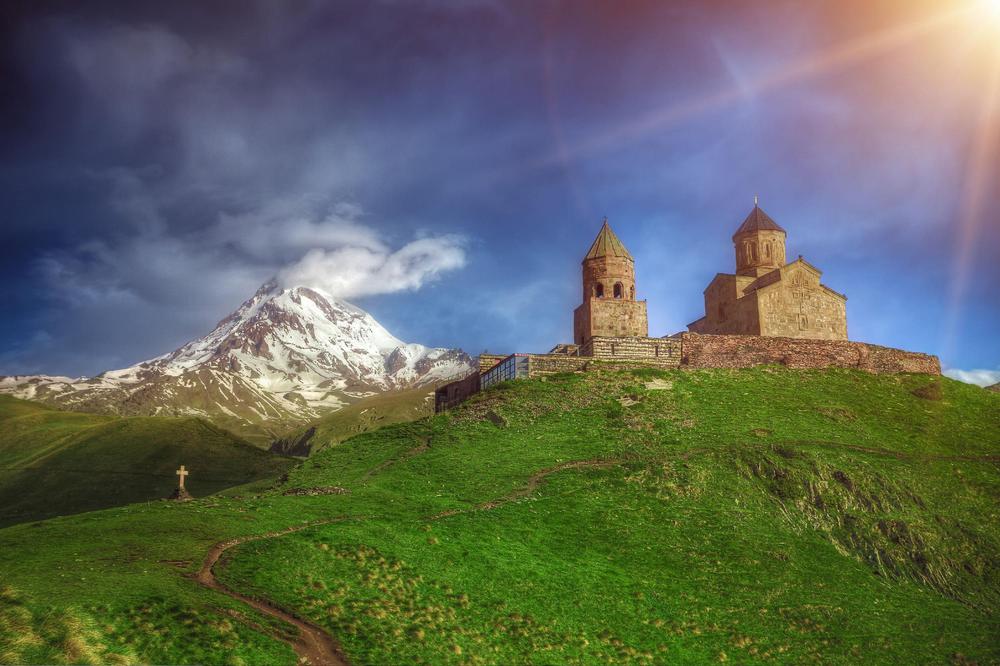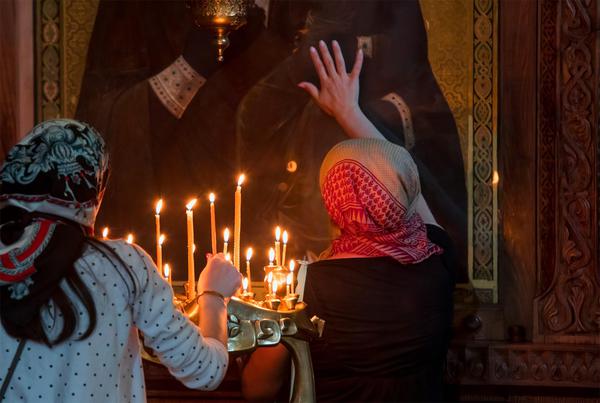Introduction To The Georgian Orthodox Church
The Georgian Orthodox Church holds a unique and prominent position within the rich tapestry of Georgia's history and culture. As one of the world's oldest Christian traditions, the Georgian Orthodox Church has been instrumental in shaping the nation's spiritual, artistic, and social development. In this article, we will delve into the origins, architectural wonders, liturgical practices, and contemporary significance of this esteemed religious institution.
The Historical Development Of The Georgian Orthodox Church
Early Christian Influences And The Adoption Of Christianity
The roots of the Georgian Orthodox Church can be traced back to the early 4th century when Christianity was first introduced to the region by Saint Nino, a female evangelist from Cappadocia. Under the patronage of King Mirian III and Queen Nana of Iberia, Christianity rapidly gained prominence and eventually became the official state religion by the end of the 4th century.
The Golden Age Of Georgian Christianity
The Georgian Orthodox Church experienced a golden age during the reigns of King David the Builder (1089-1125) and Queen Tamar (1184-1213). This period marked a time of immense cultural, artistic, and spiritual growth. The construction of numerous churches, monasteries, and religious centers such as Gelati, Svetitskhoveli, and Jvari Monastery cemented the influence of the Georgian Orthodox Church both within the country and beyond its borders.
Challenges And Resilience Throughout History
Throughout its long history, the Georgian Orthodox Church has faced various challenges and periods of turbulence, including invasions by foreign powers, political upheavals, and religious schisms. Despite these adversities, the Church has displayed remarkable resilience, preserving its spiritual and cultural traditions while continuing to play a central role in the lives of the Georgian people.
Religious Architecture And Iconography
The Evolution Of Georgian Church Architecture
Georgian church architecture has evolved over centuries, influenced by various factors such as local traditions, foreign styles, and the religious requirements of the Orthodox faith. Early Georgian churches were mainly basilica-style, while later architectural styles included the centrally planned domed church, which became the standard for Georgian religious buildings. The distinctiveness of Georgian church architecture lies in its harmonious blend of various styles and a deep connection to the surrounding landscape.
The Significance Of Frescoes, Icons, And Other Religious Art
Religious art plays a vital role in the Georgian Orthodox Church, serving as a means of spiritual expression and storytelling. Frescoes, icons, and other forms of religious art are used to adorn the interiors of churches and monasteries, often depicting biblical scenes, saints, and important religious figures. These works of art are not only visually captivating but also serve as an essential tool for conveying religious teachings and inspiring devotion among the faithful.
Notable Examples Of Georgian Religious Architecture
Some of the most notable examples of Georgian religious architecture include the Svetitskhoveli Cathedral in Mtskheta, which is considered one of the holiest sites in Georgia and houses the robe of Christ; the Jvari Monastery, a stunning example of early medieval Georgian architecture situated on a hilltop overlooking Mtskheta; and the Gelati Monastery, founded by King David the Builder and known for its exquisite frescoes and mosaics. Each of these religious monuments is a testament to the rich history and artistic mastery of the Georgian Orthodox Church.
The Role Of The Church In Georgian Society
The Church's Influence On Georgian Culture And Traditions
The Georgian Orthodox Church has played a significant role in shaping the country's culture and traditions. It has been a unifying force, preserving the Georgian identity during times of foreign domination and political upheaval. The Church has been instrumental in the development of Georgian literature, with many works of religious and secular literature written by clerics. Additionally, religious holidays and customs, such as Easter, Christmas, and Alaverdoba, have become an integral part of Georgian culture, further highlighting the influence of the Church on everyday life.
The Church's Role In Education And Social Welfare
Historically, the Georgian Orthodox Church has played a crucial role in providing education and social welfare services to the population. Monasteries and religious institutions often served as centers of learning, promoting both religious and secular knowledge. Today, the Church continues to be involved in education through theological schools and seminaries. Furthermore, the Church is actively engaged in various social welfare activities, such as providing support to orphanages, hospitals, and charitable organizations, helping those in need and strengthening communities.
The Relationship Between The Church And The State
The relationship between the Georgian Orthodox Church and the state has evolved over time. While the Church was once an integral part of the Georgian state, with close ties to the monarchy, the situation changed during the Soviet era, when the Church faced repression and marginalization. With the restoration of Georgia's independence, the Church has regained its status and influence in society. Although the Georgian constitution guarantees the separation of church and state, the Church remains an influential institution in the country, often participating in discussions on various social and political issues.
Georgian Orthodox Liturgy And Religious Practices
The Georgian Orthodox Liturgical Calendar
The Georgian Orthodox Church follows a liturgical calendar that is filled with various religious holidays and commemorations. Among the most important celebrations are Christmas (January 7), Epiphany (January 19), and Easter, which is celebrated according to the Julian calendar. The liturgical year also includes the feasts of numerous Georgian saints, such as Saint Nino, Saint George, and Saint Ilia, as well as the commemoration of significant events in the history of the Church, like the restoration of autocephaly and the consecration of the Svetitskhoveli Cathedral.
Unique Aspects Of Georgian Orthodox Liturgy And Prayer
Georgian Orthodox liturgy is distinct in several ways, with some of its unique aspects stemming from the country's ancient Christian traditions. The Georgian liturgy has its roots in the ancient Byzantine rite, but it has developed its own characteristics over time. The liturgy is primarily conducted in the Georgian language, using the country's unique script. Georgian Orthodox chant is an essential part of the liturgical experience, with its haunting polyphonic melodies adding a distinctive beauty to the worship. Additionally, the Georgian Orthodox Church follows certain customs and practices that are unique to its tradition, such as the use of the "khurotma," a veil-like cloth that is draped over the chalice and paten during the Eucharistic prayer.
Pilgrimages And Religious Festivals
Pilgrimages to sacred sites and participation in religious festivals are an important aspect of Georgian Orthodox religious practices. Throughout the year, thousands of believers embark on pilgrimages to holy places, such as the Svetitskhoveli Cathedral, the Jvari Monastery, and the Alaverdi Cathedral, seeking spiritual renewal and divine blessings. Religious festivals, like Alaverdoba and Tbilisoba, are marked by processions, prayers, and various cultural events, bringing together communities in the shared celebration of their faith and traditions.
The Leadership And Structure Of The Georgian Orthodox Church
The Role Of The Patriarch And The Holy Synod
At the head of the Georgian Orthodox Church is the Patriarch, who holds the title of Catholicos-Patriarch of All Georgia. The Patriarch is not only the spiritual leader of the Church but also a symbol of unity for the Georgian people. The current Patriarch, Ilia II, has played a significant role in the revival of the Georgian Orthodox Church following the Soviet era. Assisting the Patriarch in governing the Church is the Holy Synod, a council composed of bishops who oversee various dioceses and address matters related to church doctrine, liturgy, and administration.
The Hierarchy And Organization Of The Church
The Georgian Orthodox Church is organized into a hierarchy, with the Patriarch at the top, followed by archbishops, bishops, priests, and deacons. The Church is divided into dioceses, each headed by a bishop who is responsible for overseeing the spiritual well-being of the faithful and managing the administrative affairs of the diocese. Within each diocese, there are numerous parishes, which are led by priests and supported by deacons.
The Process Of Ordination And The Roles Of Clergy
The process of ordination in the Georgian Orthodox Church involves several stages of spiritual formation and education. Aspiring clergy members typically begin their journey at a seminary or a theological academy, where they receive theological education and pastoral training. Upon completing their studies, candidates are ordained as deacons, serving as assistants to priests and bishops during liturgical services. After a period of service as a deacon, a candidate may be ordained as a priest, taking on the responsibility of administering the sacraments, providing spiritual guidance, and leading the community in worship. Bishops are chosen from among the ranks of experienced priests and are consecrated by the Patriarch and members of the Holy Synod.
The Georgian Orthodox Church In Modern Times
The Challenges And Opportunities Facing The Church Today
The Georgian Orthodox Church faces various challenges in modern times, including the influence of secularism, the rise of new religious movements, and social issues such as poverty and unemployment. However, these challenges also present opportunities for the Church to demonstrate its relevance and adapt to the changing needs of its congregation. The Church continues to play a vital role in addressing social issues, providing spiritual guidance, and promoting unity among the Georgian people.
The Church's Role In Contemporary Georgian Society
In contemporary Georgian society, the Georgian Orthodox Church continues to hold a prominent position. It has a significant influence on social and cultural life, with many Georgians considering their Orthodox faith an essential aspect of their identity. The Church is actively involved in education, social welfare, and charitable activities, providing support to those in need and working to improve the well-being of the Georgian people. Additionally, the Church has been a strong advocate for the preservation of Georgia's cultural and historical heritage, including the protection of religious sites and the promotion of the Georgian language.
Efforts To Promote Georgian Orthodoxy Internationally
The Georgian Orthodox Church has made efforts to promote its faith and traditions on the international stage. This includes participation in global Orthodox conferences, interfaith dialogues, and cultural exchange programs. The Church also works to support Georgian Orthodox communities in the diaspora, helping to preserve their cultural and religious identity. Through these efforts, the Georgian Orthodox Church seeks to foster understanding and appreciation for its unique spiritual and cultural heritage, both within Georgia and beyond its borders.
Conclusion: The Enduring Legacy Of The Georgian Orthodox Church
The Georgian Orthodox Church has played a central role in shaping the cultural and spiritual landscape of Georgia throughout its history. Its lasting impact is evident in the country's traditions, architecture, art, and the values held by its people. The Church remains an integral part of Georgian identity, with many Georgians considering their Orthodox faith a fundamental aspect of their cultural heritage.
As Georgia continues to evolve and adapt to modern times, it is crucial to preserve and celebrate the rich heritage of the Georgian Orthodox Church. This includes protecting its religious sites, promoting its unique liturgical traditions, and fostering a deeper understanding of its history and spiritual teachings. By doing so, Georgia can ensure that the legacy of the Church remains an essential part of its national identity and cultural fabric for generations to come.
For visitors to Georgia, experiencing the Georgian Orthodox Church firsthand is an invaluable opportunity to gain insight into the country's history, culture, and spiritual life. By visiting its ancient monasteries, attending liturgical services, and participating in religious festivals, travelers can develop a deeper appreciation for the unique heritage and enduring legacy of the Georgian Orthodox Church.

 Saint Nino and Christianization
Saint Nino and Christianization
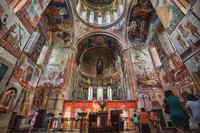 Monastic Life in Georgia
Monastic Life in Georgia
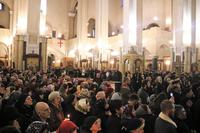 Religious Festivals of Georgia
Religious Festivals of Georgia

